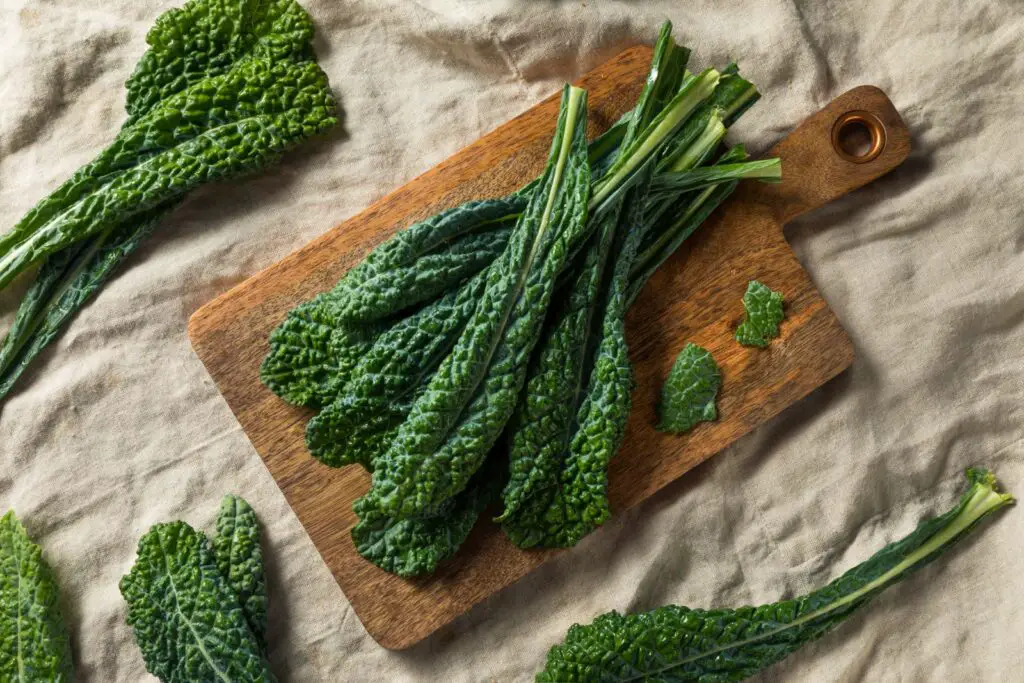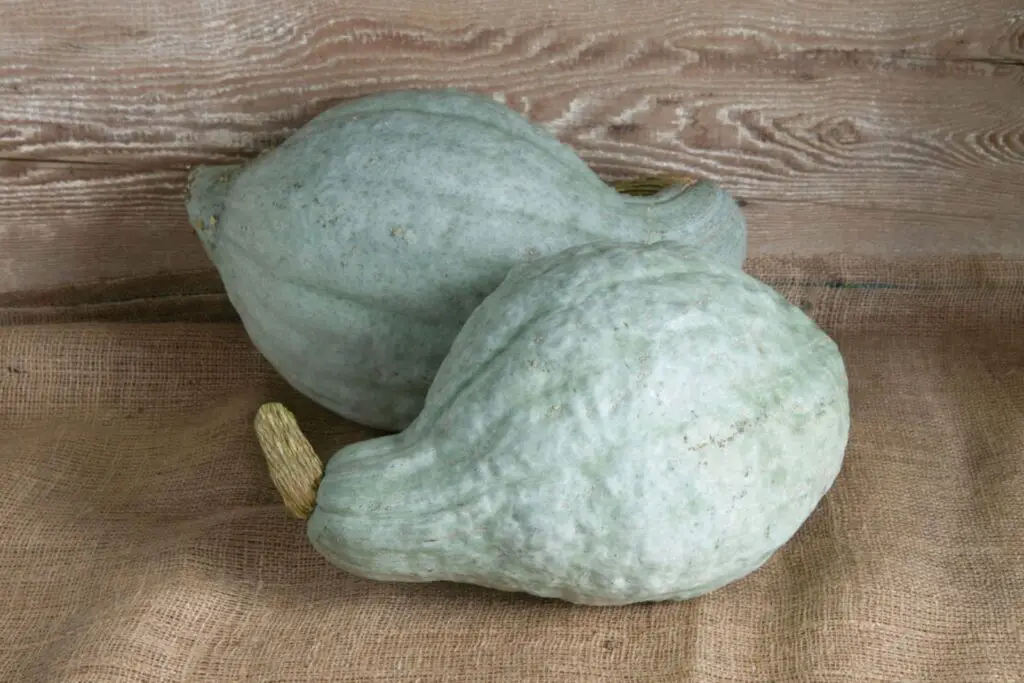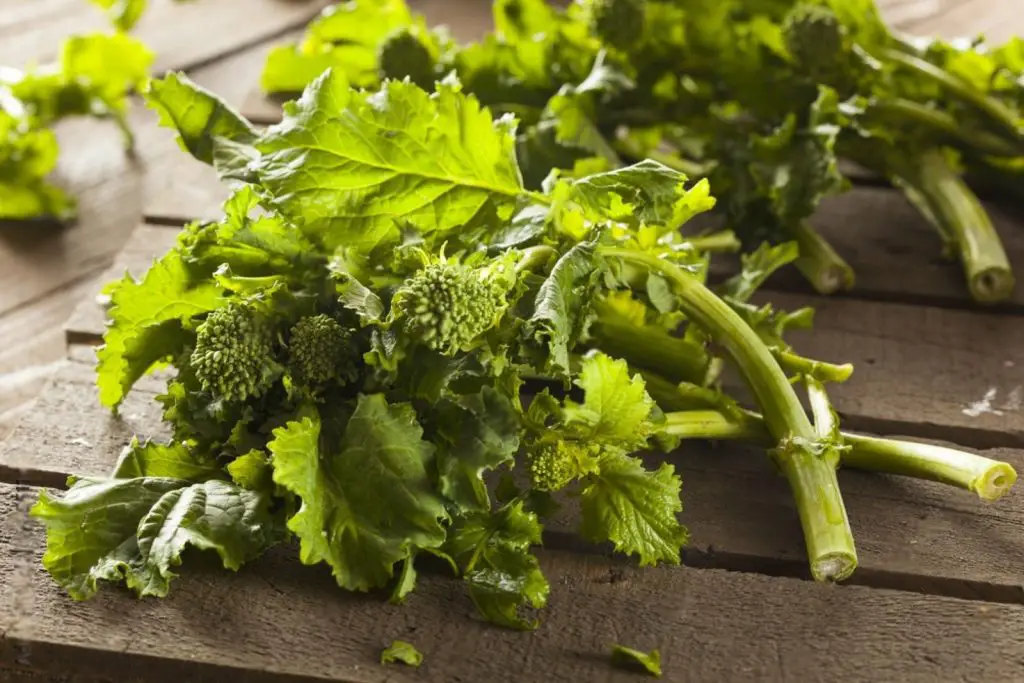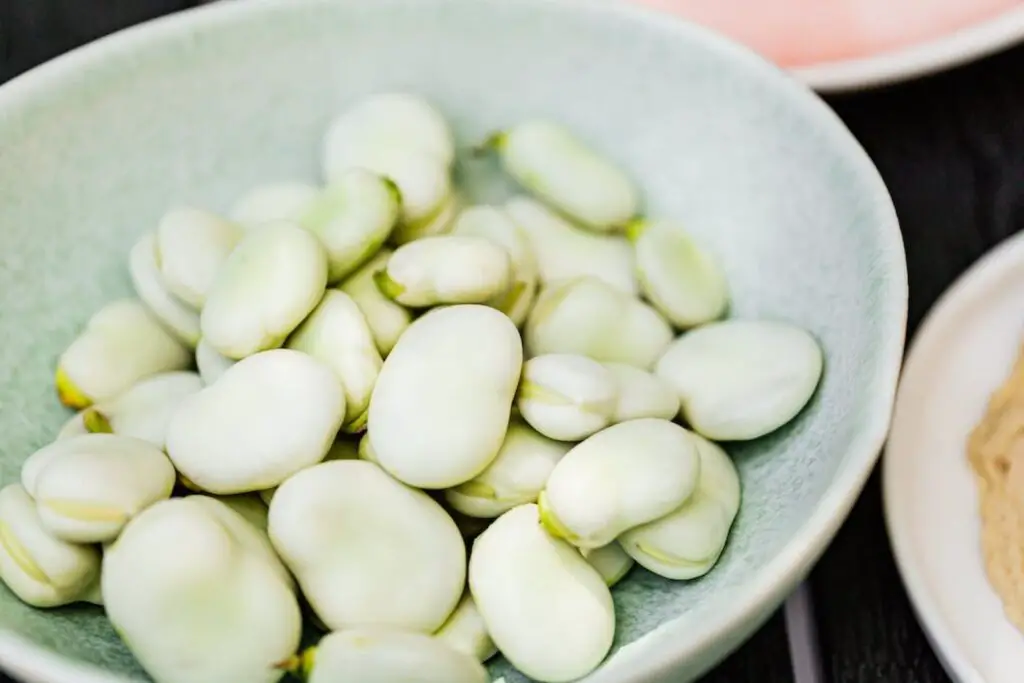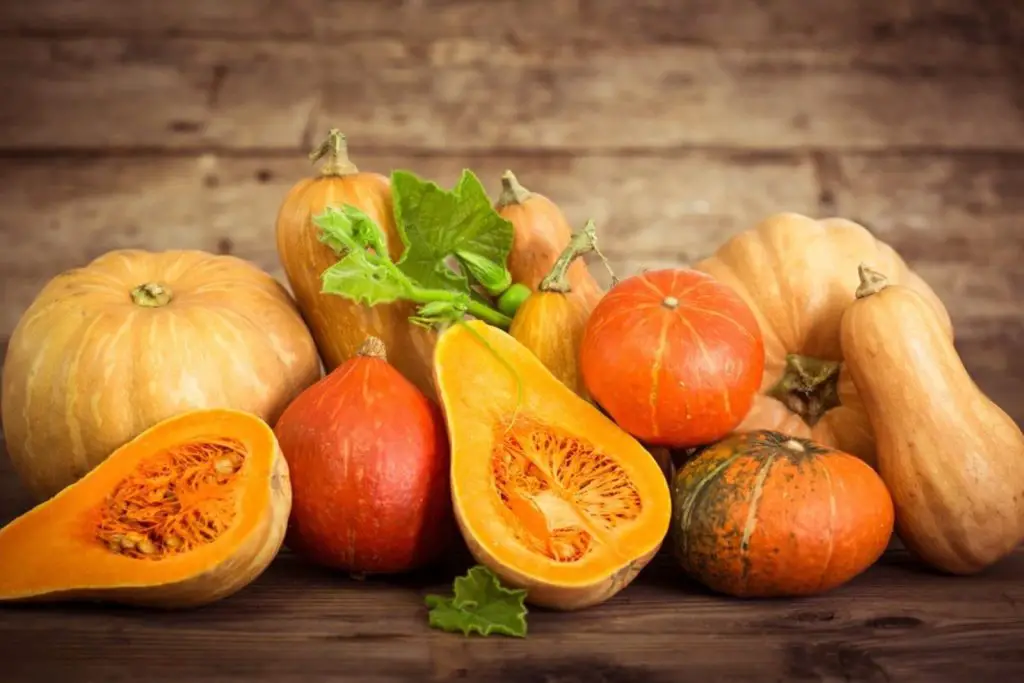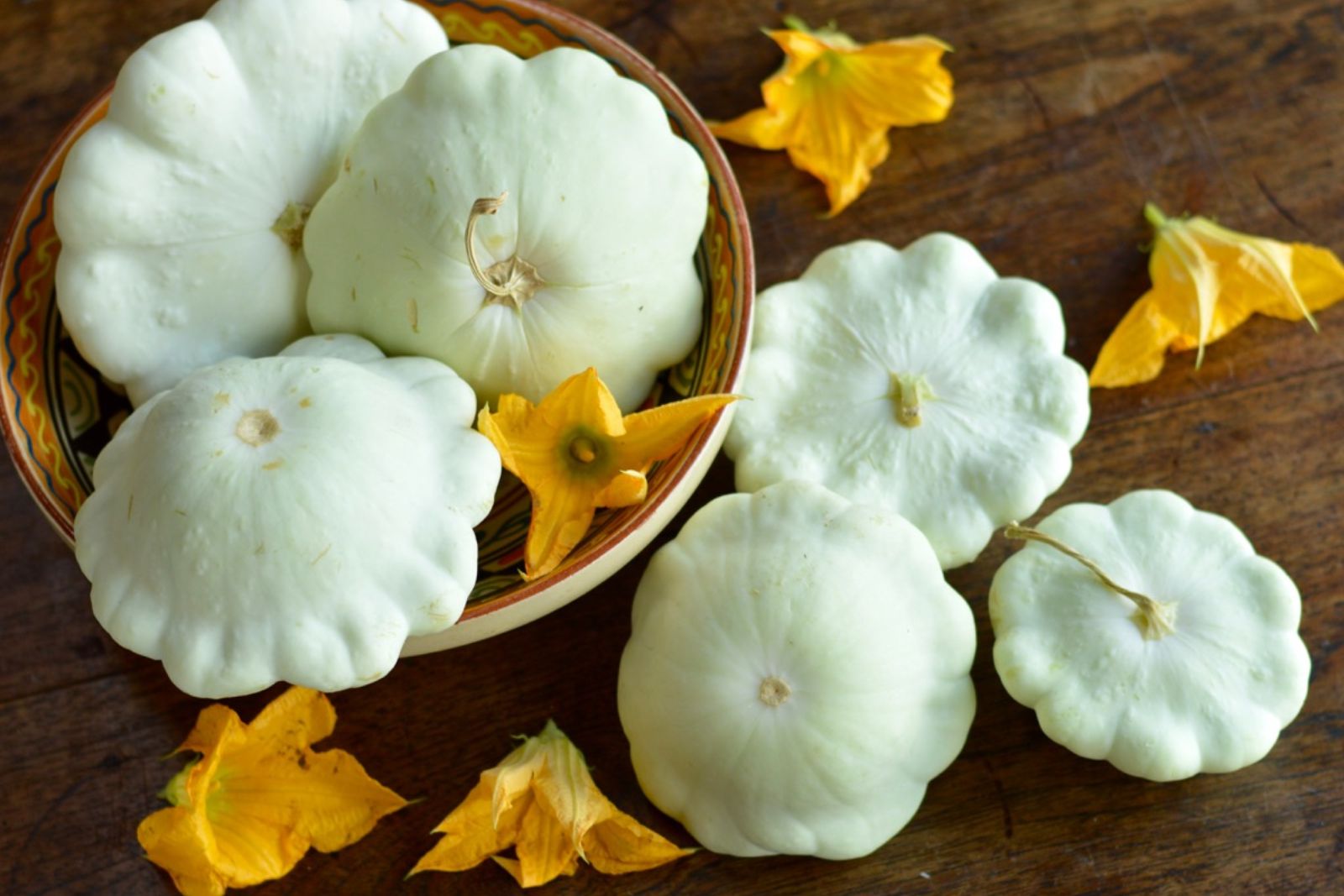
White scallop squash, also known as pattypan squash, is a delightful and versatile vegetable that boasts a unique scalloped shape. These squash varieties come in various sizes, ranging from small to medium, and feature a creamy white skin. They have a tender texture and a slightly sweet, nutty flavor, making them a popular choice for various culinary dishes. To ensure you can enjoy the delightful taste of white scallop squash all year round, freezing them is an excellent option. By following some simple steps, you can freeze white scallop squash while preserving their freshness and flavors. This article presents a comprehensive guide on freezing white scallop squash, allowing you to relish their deliciousness whenever you please.
Here’s a step-by-step guide on how to freeze white scallop squash:
Step 1: Select fresh white scallop squash
Selecting fresh white scallop squash is the crucial first step in the freezing process as it sets the foundation for preserving their taste and texture. Fresh squash not only tastes better but also freezes more effectively, ensuring that the frozen squash retains its optimal quality during storage.
When you choose fresh white scallop squash, you’re ensuring that you start with a vegetable that is at its peak ripeness. Fresh squash will have a firm texture and a vibrant, creamy white skin, indicating that it hasn’t started to deteriorate or lose its moisture content. On the other hand, squash that is past its prime may have soft spots, blemishes, or visible signs of decay, which can negatively impact its freezing and storage quality.
Selecting high-quality white scallop squash also ensures that you freeze vegetables with the best flavor. As squash ripens, its natural sugars develop, resulting in a sweeter and more enjoyable taste. By choosing fresh squash, you’re capturing this optimal flavor profile and preserving it throughout the freezing process.
Furthermore, fresh squash contains a higher concentration of nutrients and vitamins. Vegetables are at their nutritional peak when freshly harvested, and by freezing them at this point, you’re locking in essential vitamins, minerals, and antioxidants that might diminish over time.
When freezing fresh white scallop squash, you’re also giving yourself more flexibility when it comes to storage and meal planning. With high-quality squash in the freezer, you can confidently incorporate them into a variety of dishes, from simple side dishes to elaborate casseroles or stir-fries.
Step 2: Wash and prepare the squash
Thoroughly washing and preparing the white scallop squash is an essential step in the freezing process, as it ensures that the vegetables are clean, free from any contaminants, and ready for blanching. Properly cleaning and trimming the squash before freezing also helps maintain their overall quality during storage.
- Removing Dirt and Debris: Washing the white scallop squash under cool, running water is the first line of defense against any dirt, soil, or debris that may have accumulated on the skin during harvesting or transportation. By giving the squash a gentle scrub, you can effectively remove any surface impurities, ensuring that the frozen squash is safe for consumption and free from any unwanted particles.
- Ensuring Food Safety: Cleaning the squash is especially important because any lingering dirt or contaminants can carry harmful bacteria that might affect the quality and safety of the frozen vegetables. By thoroughly washing the squash, you reduce the risk of potential foodborne illnesses, making the frozen squash safe to eat later on.
- Patting Dry: After washing, it’s essential to pat the squash dry with a clean towel. Excess moisture can lead to the formation of ice crystals during freezing, which may affect the texture of the squash when thawed. Drying the squash ensures that excess water is removed, helping to preserve the natural texture and taste of the vegetables.
- Trimming the Ends and Removing Blemishes: Trimming the ends of the white scallop squash is necessary to remove any dried-out or damaged portions, which might not freeze well or could negatively impact the overall quality of the squash during storage. Additionally, removing any stems or blemishes helps maintain the aesthetics of the frozen squash and ensures a consistent appearance when it’s later used in dishes.
Can I freeze white scallop squash in different shapes or cuts for specific recipes?
Yes, you can freeze white scallop squash in different shapes or cuts for specific recipes. Cutting the squash into desired shapes allows for convenient usage later. Ensure uniform sizes for even freezing and cooking, enhancing the versatility of the frozen squash in various culinary creations.
Step 3: Blanch the white scallop squash
Blanching is a critical and beneficial step in the freezing process of white scallop squash. It involves briefly cooking the squash in boiling water and then rapidly cooling it down in an ice water bath. This blanching process serves several essential purposes, all of which contribute to preserving the squash’s color, texture, and nutritional value during freezing and storage.
- Enzyme Inactivation: White scallop squash, like many other vegetables, contain enzymes that are responsible for various natural processes, such as ripening and maturation. These enzymes can lead to the deterioration of the vegetable even after it’s been harvested. Blanching helps inactivate these enzymes, slowing down their activity and preventing the squash from becoming overripe or losing its texture and flavor during freezing.
- Retaining Color: Blanching helps preserve the vibrant white color of the squash. Without blanching, enzymes and other factors might cause the squash to darken or turn brown during freezing and storage. By blanching, the natural pigments and color compounds in the squash are protected, ensuring the frozen squash retains its appealing appearance when cooked and served later.
- Ensuring Even Cooking: Blanching partially cooks the white scallop squash, ensuring that the inner parts of the vegetable are heated uniformly. This even cooking helps prevent the development of cold spots in the squash, which could lead to uneven texture or taste discrepancies when the squash is later cooked or reheated.
- Texture Maintenance: Blanching helps to partially tenderize the squash, making it easier to handle and more adaptable to different cooking methods after thawing. It softens the squash’s cell walls slightly without fully cooking it, so when you use the frozen squash in recipes, it remains pleasantly crisp and not mushy.
- Nutrient Preservation: While blanching involves exposing the squash to heat, it is done for a short duration. This quick blanching process helps minimize nutrient loss. It ensures that the squash retains a significant portion of its vitamins, minerals, and other essential nutrients even after freezing, making it a healthier option for your future meals.
To achieve the best results, it’s essential to follow the recommended blanching times based on the size of the white scallop squash. The specified blanching times (2 minutes for small-sized squash and 3 minutes for medium-sized ones) are carefully chosen to provide the ideal balance of enzyme inactivation, color retention, and texture preservation.
Can I freeze white scallop squash without blanching it first?
Blanching is a crucial step in freezing white scallop squash as it helps preserve its color, texture, and nutrients. Skipping this step may lead to poor quality and loss of flavor during storage.
Step 4: Cool the squash
Cooling the white scallop squash after blanching is a crucial step in the freezing process that plays a vital role in preserving the vegetable’s texture, taste, and overall quality. This step involves rapidly lowering the squash’s temperature by immersing it in an ice water bath, which halts the cooking process and ensures that the squash remains crisp and perfectly cooked when frozen.
- Halting the Cooking Process: When the white scallop squash is blanched in boiling water, the heat causes the vegetable to begin cooking. By transferring the squash to an ice water bath immediately after blanching, the rapid temperature change stops the cooking process in its tracks. This ensures that the squash does not continue to cook, preventing it from becoming overcooked or overly soft, which could happen if the residual heat is not dissipated quickly.
- Preserving Crispness: Cooling the squash rapidly helps retain its crisp texture. Crispness is one of the appealing characteristics of white scallop squash, and by cooling it down promptly, you ensure that the cells remain firm and intact, even after freezing. This is particularly important if you plan to use the frozen squash in salads, stir-fries, or other dishes where texture is essential.
- Maintaining Color: Swiftly cooling the squash helps preserve its vibrant white color. The cooling process stops enzymatic reactions that can cause browning or discoloration, ensuring that the frozen squash retains its attractive appearance when thawed and prepared for meals.
- Preventing Overcooking: Cooling the squash for the same amount of time they were blanched is a critical detail. Leaving the squash in the ice water bath for too long could lead to it becoming waterlogged or soggy. By following the recommended cooling time, you strike the right balance between preserving texture and preventing overcooking, resulting in squash that is just the right degree of tenderness.
- Food Safety: Rapidly cooling the white scallop squash helps reduce the time it spends in the temperature danger zone, which is the range of temperatures where harmful bacteria can multiply quickly. By cooling the squash promptly, you minimize the risk of foodborne illness and ensure that the frozen squash remains safe for consumption.
Step 5: Flash-freeze the white scallop squash
Flash-freezing the white scallop squash is a crucial step in the freezing process that involves quickly freezing the individual pieces before storing them together. This technique is essential for maintaining the quality and integrity of the frozen squash and preventing them from clumping together in the freezer.
- Preventing Clumping: When white scallop squash pieces are placed together in a bag or container for freezing without flash-freezing, they have the potential to stick together during the freezing process. This can create large frozen clumps that are difficult to separate when you want to use only a portion of the squash. Flash-freezing the squash individually on a baking sheet ensures that each piece freezes separately, preventing them from fusing together during storage.
- Even Freezing: By arranging the cooled white scallop squash pieces in a single layer on a baking sheet or tray, you create ample surface area for the cold air in the freezer to circulate around each piece. This leads to even and consistent freezing of the squash, ensuring that they freeze at the same rate. Even freezing helps preserve the vegetable’s texture and flavor, allowing you to enjoy the same delightful taste and consistency in each piece when you use them later.
- Faster Freezing: Flash-freezing is a rapid freezing technique that minimizes the formation of large ice crystals within the squash. Large ice crystals can cause damage to the cell structure of the vegetable and lead to a loss of quality and flavor. By freezing the squash quickly on a baking sheet, you promote the formation of smaller ice crystals, which is beneficial for maintaining the squash’s overall texture and taste.
- Convenience in Storage: Once the white scallop squash pieces are flash-frozen, they can be conveniently transferred into a single container or freezer bag without worrying about them sticking together. This organization makes it easier to take out only the desired amount of squash when needed, without thawing the entire batch.
- Optimal Freezer Space: Flash-freezing the white scallop squash in a single layer on a baking sheet allows you to maximize the use of your freezer space. The individually frozen pieces take up less space compared to a large clump, leaving you with more room to store other frozen items.
Step 6: Package and seal the squash
Properly packaging and sealing the flash-frozen white scallop squash is a crucial final step in the freezing process that ensures the vegetables remain in top-notch condition during long-term storage. This step involves transferring the flash-frozen squash pieces into suitable containers or freezer bags and removing as much air as possible before sealing to prevent freezer burn and maintain the quality of the squash.
- Protecting from Freezer Burn: Freezer burn occurs when frozen food is exposed to air, leading to the formation of ice crystals on the surface of the food. These ice crystals can cause dehydration and affect the texture and taste of the squash. By using airtight containers or resealable freezer bags, you create a barrier that prevents air from coming into contact with the squash, significantly reducing the risk of freezer burn.
- Maintaining Freshness: Airtight containers and freezer bags also help maintain the freshness of the white scallop squash by preventing any odors or flavors from other foods in the freezer from being absorbed into the squash. This ensures that the frozen squash retains its natural taste and doesn’t develop off-flavors during storage.
- Efficient Storage: Proper packaging allows you to organize the freezer space more efficiently. By using containers or bags, you can stack and arrange the squash neatly, making the best use of the available space in the freezer and avoiding unnecessary clutter.
- Easy Portioning: Using freezer-safe containers or bags also allows for easy portioning. You can freeze the squash in quantities that suit your meal needs, making it convenient to take out and use only the desired amount without thawing the entire batch.
- Removing Excess Air: Removing as much air as possible from the bags before sealing is essential to prevent the formation of ice crystals and ensure the best possible texture when the squash is thawed. Excess air can lead to freezer burn and can also cause the squash to become mushy over time.
To remove air from a resealable freezer bag, you can use the water displacement method. Place the squash pieces in the bag, leaving some space at the top. Seal the bag almost completely, leaving a small opening. Submerge the bag in a container of water, allowing the water to push the air out. Finally, seal the bag completely while keeping it submerged, ensuring there’s minimal air left inside.
Step 7: Label and date the packages
Labeling and dating the packages of flash-frozen white scallop squash is a crucial organizational step that helps you keep track of the contents in your freezer and ensures you prioritize the use of older packages first. This simple practice is essential for maintaining the best quality and taste of the squash and avoiding any potential food waste.
- Identifying Contents: Labeling each package with the contents (white scallop squash) allows you to quickly and easily identify what’s inside without having to open the package. This is especially helpful if you have multiple types of frozen vegetables or fruits in your freezer. Clear labels make it convenient to locate the squash you need for a specific recipe or meal.
- Tracking Storage Time: Adding the date of freezing to the label provides valuable information on how long the squash has been stored in the freezer. Over time, frozen vegetables may lose some of their optimal taste and texture. By having the freezing date clearly marked, you can keep track of how long the squash has been in the freezer and ensure that you use it within a reasonable time frame.
- Using Oldest Packages First: By knowing the freezing dates, you can prioritize the use of the oldest packages first. This practice helps prevent freezer burn or loss of quality due to prolonged storage. Using the oldest packages first ensures that you enjoy the squash at its best, retaining its natural flavors and nutritional value.
- Reducing Food Waste: Properly labeling and dating packages can help reduce food waste. When you know the freezing dates, you are less likely to forget about items in the freezer or let them go unused for an extended period. With clear labels indicating the contents and freezing dates, you can plan your meals more effectively and avoid unnecessarily throwing away food that has passed its peak quality.
- Efficient Meal Planning: Labeling and dating packages facilitate efficient meal planning. You can incorporate the frozen white scallop squash into your recipes based on the oldest dates, allowing you to make the most of your freezer inventory and ensuring a varied and enjoyable culinary experience.
Step 8: Store in the freezer
After properly packaging and sealing the flash-frozen white scallop squash, the final step is to store them in the freezer. This step is crucial for ensuring the long-term preservation of the squash’s quality, taste, and nutritional value.
- Ideal Storage Conditions: The coldest part of your freezer is the best location for storing the frozen white scallop squash. It is essential to maintain a consistent and low temperature to prevent any potential fluctuations that could affect the quality of the squash. The coldest part of the freezer ensures that the squash remains at a stable temperature throughout its storage period.
- Long-Term Preservation: When stored in the freezer at the correct temperature, the white scallop squash can maintain its quality for an extended period, typically ranging from 8 to 12 months. Properly frozen and stored squash can retain their taste, texture, and nutritional value for a significant amount of time, allowing you to enjoy the vegetables in various dishes throughout the year.
- Freezer Quality and Organization: Storing the squash in the coldest part of the freezer also allows for better organization. By dedicating a specific area for your frozen vegetables, including the white scallop squash, you can easily access and identify them when needed. This organization minimizes the chances of forgotten or unused items and ensures that you make the most of your frozen produce.
- Meal Versatility: Having flash-frozen white scallop squash readily available in the freezer provides you with a versatile ingredient to use in a wide range of recipes. Whether you’re preparing soups, stews, stir-fries, casseroles, or side dishes, having these squash varieties on hand gives you the flexibility to create delicious and nutritious meals throughout the year.
- Reducing Food Waste: Proper storage in the freezer helps reduce food waste. By preserving the squash’s quality for an extended period, you’re more likely to use it in your cooking instead of letting it go to waste. This practice aligns with sustainability efforts and helps you make the most of your food resources.
Other related questions
How do I defrost white scallop squash?
To defrost white scallop squash, transfer the frozen squash from the freezer to the refrigerator. Allow it to thaw slowly in the refrigerator for several hours or overnight. Avoid using heat or warm water for defrosting, as it may negatively affect the texture and flavor of the squash.
Can I use frozen white scallop squash directly in recipes without thawing?
Yes, you can use frozen white scallop squash directly in recipes without thawing. The squash cooks quickly from frozen, making it convenient to add to soups, stews, stir-fries, and other dishes. Adjust cooking times as needed to accommodate the frozen state of the squash.
Can I refreeze white scallop squash?
It is generally not recommended to refreeze white scallop squash after it has been thawed. Once thawed, the squash’s texture and quality may deteriorate due to the formation of ice crystals and potential bacterial growth. To maintain the best quality, it is advisable to use the thawed white scallop squash promptly and avoid refreezing it.
How do I know if the white scallop squash has gone bad after being frozen?
To determine if frozen white scallop squash has gone bad, look for signs of freezer burn, such as dry, discolored patches or ice crystals on the surface. Bad squash may also have a foul odor or slimy texture. If the squash appears off-color, has an unpleasant smell, or feels mushy, it is best to discard it as it may no longer be safe for consumption.
What are the best ways to use frozen white scallop squash in recipes?
Frozen white scallop squash can be used in various dishes, such as sautés, casseroles, pasta dishes, and vegetable medleys. It’s a versatile ingredient that complements a wide range of flavors and cuisines, allowing you to experiment and create delicious meals.
Can I freeze white scallop squash in a cooked or partially cooked state?
Freezing white scallop squash in a cooked or partially cooked state is not recommended. The texture and quality may significantly deteriorate during freezing and thawing. It is best to freeze the squash in its raw state, blanched, and properly prepared for optimal results and preservation.
Can I freeze white scallop squash with other vegetables or fruits in the same container?
Yes, you can freeze white scallop squash with other vegetables or fruits in the same container, provided they are all prepared and suitable for freezing. However, it’s essential to consider the compatibility of flavors and textures between the different items to avoid compromising taste and quality. Properly package and label the mixed contents for efficient meal planning and organization in the freezer.
Can I freeze white scallop squash that has been seasoned or marinated?
It is generally not recommended to freeze white scallop squash that has been seasoned or marinated. Seasonings and marinades can alter the texture and flavor of the squash during freezing and thawing, resulting in an undesirable taste and texture. For best results, freeze white scallop squash in its raw state or blanched before adding any seasonings or marinades after thawing for optimal flavor and quality.
How does the texture and flavor of frozen white scallop squash compare to fresh squash?
The texture and flavor of frozen white scallop squash may differ slightly from fresh squash. Freezing can cause the squash to become slightly softer upon thawing, especially if it was not blanched before freezing. However, when properly frozen and stored, the flavor of the frozen white scallop squash should remain relatively intact, allowing you to enjoy a similar taste experience as fresh squash when using it in your recipes.


